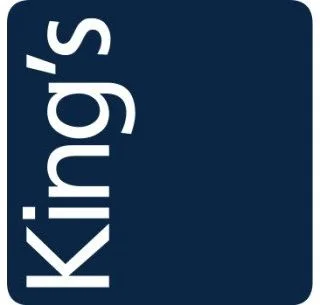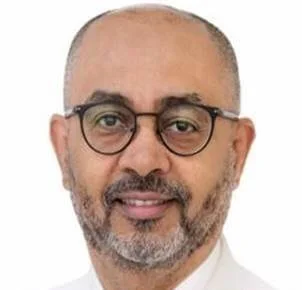What Are Varicose Veins?
Varicose veins are abnormal, twisted, dilated and enlarged veins that develop near the surface of the skin. Although any vein of the body can be affected, the most commonly affected veins are the ones in the legs.
Common Signs and Symptoms
Varicose veins usually don’t result in any symptoms. For most people, the bigger concern is about the appearance of their veins rather than pain. However, there are some signs and symptoms that you might experience, including:
- Swollen legs
- Muscle cramps
- Tiredness, burning sensation or heaviness in the legs
- Itching around the veins
- Eventually, leg ulcers and color skin changes.
Causes of Varicose Veins
The underlying process that causes varicose veins is the weakness or damage in the vein valves, causing the blood to collect inside the veins and to “pump out” within the skin. There are some factors that increase the risk of developing Varicose Veins such as:
- Age
- Gender, women are more likely to be affected
- Pregnancy
- Obesity
- Prolonged standing
- A family history of varicose veins
Varicose Veins Treatments
Treating varicose veins is normally a very safe and simple process. According to the severity of varicose veins, there are several treatments including non-invasive and minimally invasive options available
Noninvasive Varicose Vein Treatments
- Lifestyle changes. Including losing weight and doing exercise regularly
- Avoiding clothes that are too tight
- Avoiding long periods of standing or sitting
- Wearing special compression stockings
Minimally invasive treatments
If you don’t show any improvement after conventional treatment or if your case is more severe from the beginning, then the following minimally invasive treatments are available
Laser Treatments
Simple Laser – This is a new technique done on the outside of your skin where a laser is used to send bursts of light energy at the vein causing it to fade of disappear. No surgery or incisions are required and this type of laser surgery can be used to treat small varicose veins close to the skins surface.
Endovenous Laser Treatment (ELT)
This minimally invasive technique uses catheter with a laser fiber inside that is passed into the vein. As the catheter is slowly retracted the laser heats up the vein, causing it to close up. This type of laser treatment is normally used to treat larger varicose veins in the leg.
Sclerotherapy
Typically chosen to treat small varicose veins, sclerotherapy involves the injection of a solution/medicine into the veins that causes it to scar and close from the inside. The collapsed vein eventually fades as it gets absorbed into local tissue.
Radiofrequency. This procedure is the best option for larger varicose veins. Here, your doctor will insert a catheter into the vein, and radiofrequency energy (as opposed to laser energy for example) is used to heat up and collapse the vein, the aim of which is to seal the vein and make it disappear.
BOOK AN APPOINTMENT



